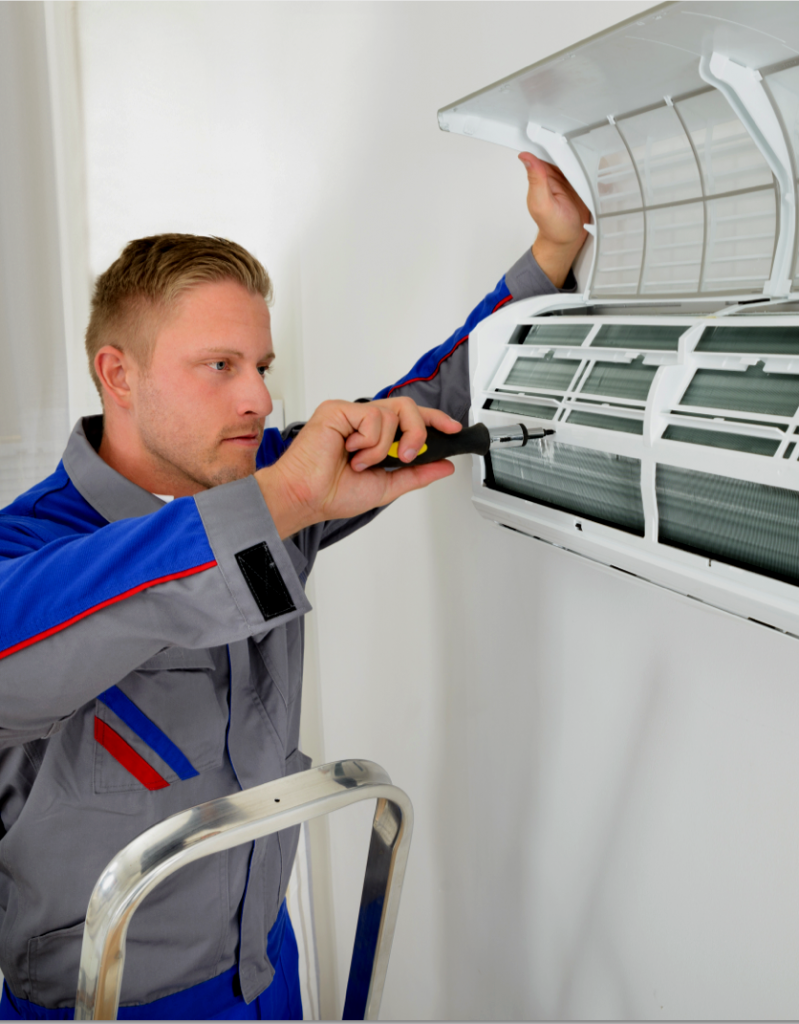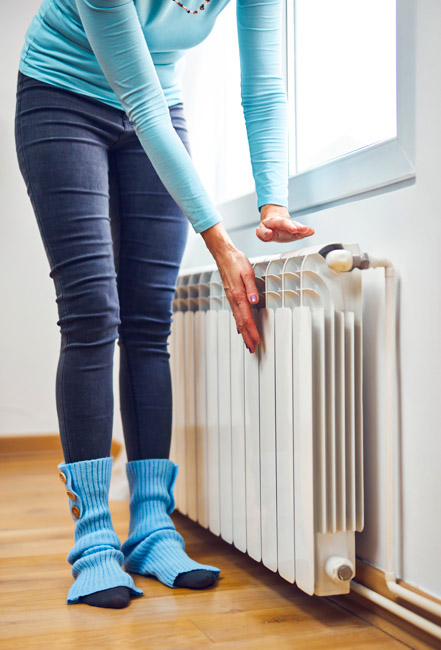How To Diagnose And Repair A Leaking Air Conditioner
Air conditioners are a crucial component of modern homes and offices, providing relief from the hot weather. Maintaining an air conditioner is essential to ensure it functions properly and continues to provide optimal comfort.
This article details how to diagnose and repair a leaking air conditioner. The process begins with identifying the source of the leak, which can often be difficult due to the complexity of an air conditioning unit’s inner workings.
Once identified, the appropriate steps must be taken in order to complete the repair while ensuring that all safety protocols are followed. In addition, proper care should be taken when handling refrigerants as they are hazardous materials that could potentially cause harm if not handled correctly.
Identifying The Source Of The Leak
Identifying the source of a leak in an air conditioner can be difficult to determine without first examining the unit. To properly identify where and what is causing it, one must locate the exact area that is leaking.
This can be done by running multiple tests on different components within the system using specialized equipment such as infrared cameras or thermal imaging devices. In addition to locating leaks, identifying the cause of these issues is just as crucial for successful repair.
Common causes include refrigerant pressure problems, restricted airflow, dirty filters, blocked drains and more. Consulting an experienced HVAC technician with knowledge about your specific type of AC system will help you accurately diagnose any potential sources of leakage.
After conducting adequate research and obtaining professional assistance if needed, one should have a better understanding of how to resolve this issue correctly.

Evaluating The Condition Of The Unit
Once the source of a leaking air conditioner has been identified, it is necessary to evaluate the condition of the system.
This involves examining key components and replacing any filters that may have become clogged or otherwise contaminated with debris.
To begin this process, first examine the condenser coil for signs of damage or blockage due to dirt buildup.
If there are indications that this component needs cleaning, be sure to use an approved cleaner before proceeding further.
Next, check all evaporator coils and drain lines for potential blockages caused by obstructions such as leaves or insects.
Also inspect the fan motor and blades for signs of wear or tear which could reduce airflow through the unit.
Finally, replace any air filters that appear old or dirty in order to maintain optimal performance from the system overall.
Shutting Off The Power Source
Before attempting to repair a leaking air conditioner, it is essential to shut off the power source.
This can be done by turning the breaker switch located in the circuit box to ‘off’ or unplugging the unit from the wall outlet.
If resetting the breaker does not solve the problem, then further troubleshooting of wiring might need to occur.
It is recommended that an experienced electrician perform this task as incorrect handling could cause severe injury or property damage.
Given these circumstances, it would be wise for safety reasons and peace-of-mind to seek professional help before proceeding with repairs on a leaking air conditioner.
Repairing The Leak
Once the power source has been shut off, it is time to begin repairing the leak.
The first step in this process is spotting signs of a leaking air conditioner. This can be done by looking for water puddles or wet spots beneath the unit and listening closely for any dripping noises that indicate a leak. Additionally, if there are any visible cracks in the body of the air conditioner, these may also point to a possible leak.
Taking preventative measures before leaks occur is an important part of maintaining an air conditioner over its lifetime. Regularly checking the interior components of the unit such as filters, coils and drains can reduce overall wear and tear on the unit while preventing more serious problems from arising down the line.
Doing regular maintenance checks will help avoid issues related to rusting parts or clogged lines that can lead to costly repairs later on or even complete system breakdowns. By following these steps, homeowners can ensure their air conditioning systems run efficiently and last longer without needing major repairs due to undetected leaks.
Refilling The Refrigerant
The process of refilling the refrigerant requires a careful and methodical approach.
Firstly, the air conditioning system must be evacuated by connecting it to a vacuum pump. This step is necessary for removing trapped moisture from the system as well as any residual refrigerant left inside.
After evacuation, new oil should be added in order to help move and lubricate the components. The amount of oil needed may vary depending on the type of compressor being used; however, this is typically done by filling up an oil injection port located near or around the condensing unit.
Finally, once all preparations are complete, the refrigerant can then be recharged into the system using a manifold gauge set and appropriate charging hose.

Testing The Unit
Having refilled the refrigerant, it is necessary to assess any damage and check connections.
Careful examination of visible components will provide an indication of where potential leaks may have occurred. Assessing all pipes, hoses, and connectors for signs of wear or age-related deterioration such as cracks or splits in tubing can help identify weak points that need to be addressed.
Additionally, checking for any corrosion on fittings, valves, and other components can ensure secure connections throughout the air conditioning unit.
The fan motor should also be tested by turning the power switch on while listening carefully to the sound emanating from the unit. Any strange hissing sounds could indicate a leak somewhere within the system whilst a loud humming noise could suggest that something has gone amiss with either one of the electrical parts or even incorrect assembly workmanship.
Scheduling Regular Maintenance
Maintaining an air conditioner is a critical step in preserving efficiency and reliability. Scheduling regular preventive care is the key to ensuring long-term performance and preventing costly repairs or replacements down the road.
Regular maintenance costs are typically much lower than repair costs, so it’s important for homeowners to make scheduling periodic checkups with a licensed HVAC technician part of their routine home improvement practice.
Not only will these scheduled visits allow technicians to identify any problems that may be developing before they become serious issues, but they also give them an opportunity to clean out dirty filters, inspect fan motors and other components, ensure proper refrigerant levels and evaluate overall system performance.
This preventative approach helps maintain cooling power while reducing energy consumption over time – resulting in greater comfort at a fraction of the cost. With frequent monitoring from qualified professionals and occasional tune-ups when necessary, superior air conditioning performance can easily be achieved without breaking the bank.







